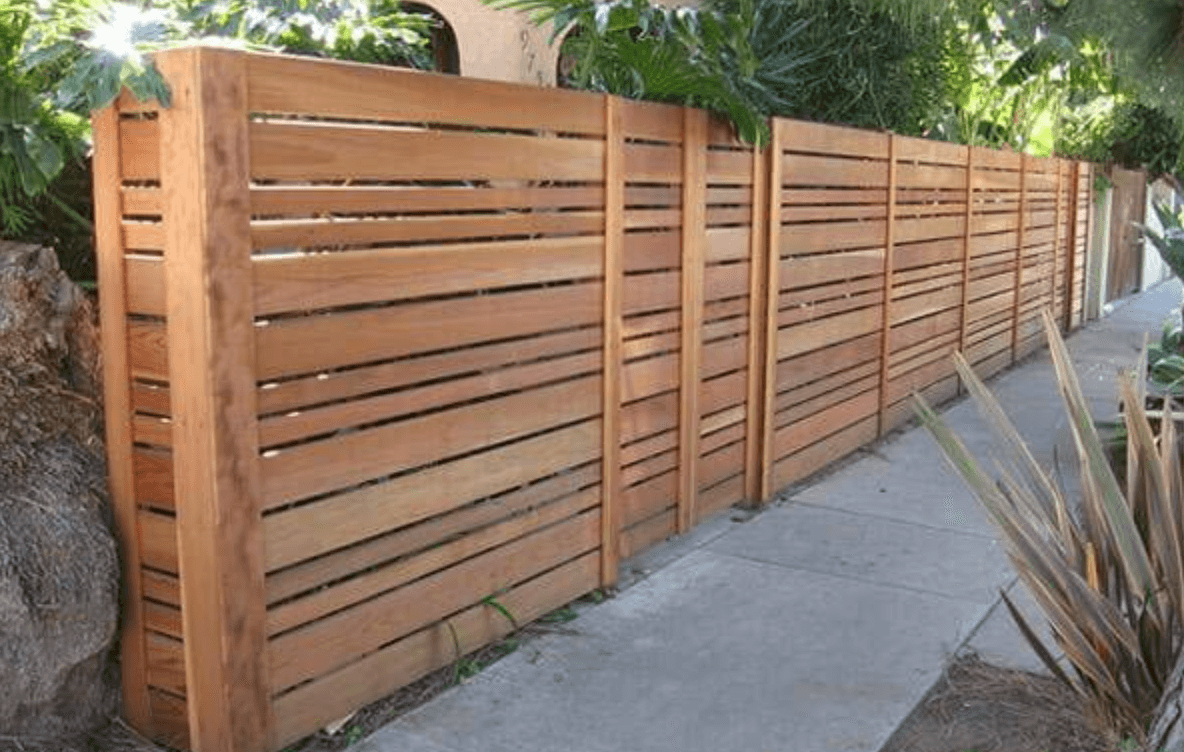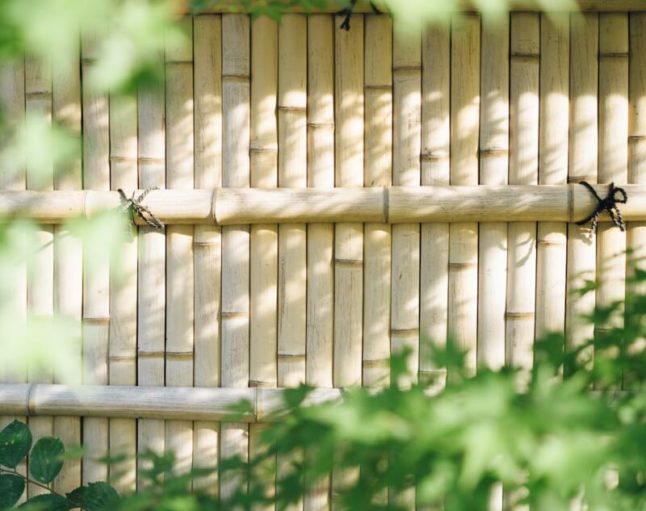All Categories
Featured

As house owners and organizations alike become extra ecologically conscious, discovering green and sustainable fencing materials is a vital consideration. Whether you're seeking to develop a fence for privacy, protection, or aesthetic appeal, choosing materials that decrease your ecological footprint can aid protect the earth. In this article, we will certainly check out a number of eco-friendly secure fencing alternatives, each offering distinctive benefits for your property and the setting.
- Bamboo Fence: A Renewable Energy. Bamboo is commonly identified as one of one of the most sustainable and eco-friendly secure fencing products readily available today. As a turf instead than a tree, bamboo expands promptly and can reach full maturation in simply 3 to 5 years, making it a very renewable energy.
Ecological Advantages: Bamboo soaks up extra carbon dioxide than several various other plants, aiding counter greenhouse gases. Furthermore, bamboo needs minimal pesticides and fertilizers, making it a healthier choice for the environment. Resilience: Appropriately treated bamboo is resistant to pests and wetness, implying it can withstand the elements better than various other timber choices. Aesthetic Charm: Bamboo offers a tidy, modern appearance that functions well with different landscaping styles, from tropical yards to contemporary urban styles. While bamboo secure fencing is durable, it does call for correct like maintain its longevity, such as normal cleaning and routine sealing.
- Recycled Timber Fence: Offering New Life to Old Materials. Recycled timber is an outstanding eco-friendly option for those who desire the natural appeal of wood secure fencing without adding to deforestation. This material is typically sourced from old structures, pallets, or other repurposed wood products, minimizing the need for freshly collected hardwood.

Ecological Advantages: Utilizing recovered wood helps in reducing the need to reduce brand-new trees and can likewise prevent valuable materials from winding up in landfills. Toughness: Depending upon the kind of wood and treatment it gets, recycled wood fencings can be just as sturdy as new timber, specifically if maintained correctly with sealers and weatherproofing. Visual Allure: Recycled wood fences bring a rustic appeal and can be tarnished or painted to fit your individual style. The main factor to consider with recycled timber is its maintenance. Over time, timber can end up being prone to rot, insect damages, and weathering, so regular upkeep is essential to extend the life of your fence.
- Metal Fencing: Recyclable and durable. Light weight aluminum and steel fencing, particularly when sourced from recycled materials, provides a strong, green option to conventional timber fencing. These metals are 100% recyclable, suggesting they can be repurposed forever without shedding top quality.

Ecological Benefits: Steels like aluminum and steel decrease the need for brand-new mining and basic material removal, both of which have significant environmental impacts. In addition, recycling metals requires less energy contrasted to creating brand-new steel from basic materials. Longevity: Steel fencings are exceptionally solid, resistant to weathering, and need little maintenance contrasted to timber choices. Visual Appeal: Metal fences can be developed in streamlined, contemporary styles, or more conventional looks, offering adaptability for any building. While steel fences are low-maintenance and durable, they are not as effective at supplying personal privacy compared to wood or vinyl options as a result of the spaces between the slats or bars.
- Living Fences: Natural and Environment-friendly. Living fences, made from dense bushes, hedges, or trees, give a natural and ecologically pleasant alternative to traditional fence. Not only do they develop a personal privacy barrier, but they likewise add to the environment by sustaining wildlife and boosting air quality.
Ecological Benefits: Living fencings absorb co2, boost dirt top quality, and supply habitats for birds and various other wildlife. Furthermore, they decrease environmental pollution and enhance air high quality by filtering system contaminants. Longevity: While living fencings require even more maintenance than other materials (e.g., trimming, watering), they can be unbelievably lasting if effectively maintained. Visual Allure: Living fencings produce a stunning, natural border that boosts the landscape and provides a distinct and natural look compared to standard fencing alternatives. The key downside of living fences is that they call for recurring upkeep and care, including routine cutting and parasite control.
- Hemp Fence: Strong and Lasting. Hemp is a eco-friendly and fast-growing plant that can be utilized to create strong, eco-friendly fencing. Hemp fencing is made from natural hemp fibers, which are sturdy, eco-friendly, and resistant to insects.
Ecological Benefits: Hemp grows rapidly and calls for little water or chemicals. It additionally assists withdraw carbon, minimizing greenhouse gases in the atmosphere. When the fence is no more required, hemp is eco-friendly and can be composted. Sturdiness: Hemp is naturally immune to mold and mildew and pests, which helps it endure various weather condition conditions and prevent using harsh chemicals. Sustainability: Hemp farming is much less resource-intensive compared to other plants and assists maintain soil health via crop turning. Hemp fences are a reasonably brand-new alternative on the market, and they might not be as widely readily available as other products. In addition, they might not be as generally made use of for high-security applications.
Final Thought: Select Eco-Friendly Fencing for a Lasting Future. There are several green secure fencing materials to take into consideration, each offering distinct advantages for your residential or commercial property and the environment. Whether you choose bamboo, recycled wood, steel, living fencings, or hemp, each alternative enables you to develop a functional and attractive border while lowering your environmental impact. By choosing sustainable products, you add to a greener future and sustain the expanding activity toward liable building and construction and landscaping techniques.
Latest Posts
Reputable Industrial Roof Covering Services by Weathercraft
Published May 25, 25
1 min read
Uncover the Best Auto Repair Coupons in Montclare, Chicago
Published May 23, 25
1 min read
How to Know When Your Car Needs Skilled Car Repair at Montclare Auto Repair
Published May 23, 25
1 min read
More
Latest Posts
Reputable Industrial Roof Covering Services by Weathercraft
Published May 25, 25
1 min read
Uncover the Best Auto Repair Coupons in Montclare, Chicago
Published May 23, 25
1 min read
How to Know When Your Car Needs Skilled Car Repair at Montclare Auto Repair
Published May 23, 25
1 min read